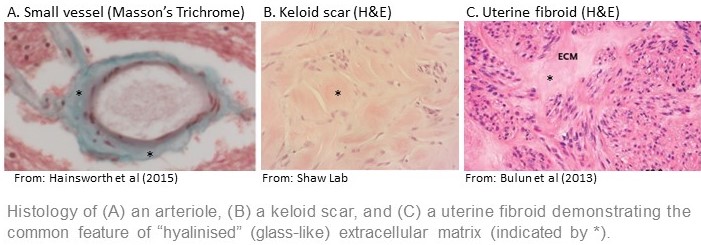by Samuel White | 11th October 2023
Oral bioactives effectively prevent disease, enhance natural repair and maintain health of the oral hard-tissues. However, their residence time in the mouth at effective concentrations is limited. In vitro models can guide the development of oral care formulations...
by Samuel White | 11th September 2023
Are the lipids forming the plasma membrane, organelles and nuclear envelope (NE) dynamically modified under mechanical stress? Lipids and proteins are key components of membranes, yet most of the effort to understand mechanotransduction has focused on proteins alone....

by Samuel White | 11th September 2023
High blood pressure evolving into hypertension and potentially heart failure occurs excessively in African-Caribbean-(AfC) and directly sub-Saharan-origin (Af) women. Curiously, hypertension is significantly associated with (i.e. coincides more frequently than...
by Samuel White | 11th September 2023
Precision medicine approaches are needed to revolutionise management an improve outcomes for patients with inflammatory bowel disease (IBD), a chronic immune mediated inflammatory disease of the gastrointestinal tract without a medical cure. Although there are...
by Samuel White | 11th September 2023
Neural stem cells (NSCs) are self-renewing multipotent progenitors that generate various cell types in the central nervous system (CNS). It is crucial to understand how NSCs regulate proliferation as this controls development, maintenance, and repair of the CNS, as...
by Samuel White | 11th September 2023
During pregnancy insulin resistance increases and the maternal islets of Langerhans adapt by increasing both insulin secretory response and β-cell mass. Gestational diabetes (GDM) occurs when the islets are unable to adapt sufficiently. The signals underlying this...
by Samuel White | 11th September 2023
(i) Gum disease (periodontitis) is the leading cause of tooth loss in adults and is associated with numerous systemic diseases. Following surgical treatment, healing usually occurs by repair, but tissue regeneration is also possible. Current treatment protocols...
by Samuel White | 11th September 2023
Cell cycle dysfunction, increased oxidant production and altered metabolism are widely associated with hyper-proliferative vascular diseases. Understanding the link is crucial for developing therapeutics to halt vascular remodelling or promote its regression....
by Samuel White | 11th September 2023
Acute myeloid leukaemia (AML) in children remains a significant unmet. Most paediatric AML are characterised by gene fusions associated to clinical prognosis. This project aims to define the immunogenicity of noncanonical antigenic peptides derived from fusion genes...
by Samuel White | 11th September 2023
Muscular dystrophies are a group of diseases that are characterised by muscle weakness, where muscle wastes and connective tissue becomes deregulated, so scar tissue forms. Oxidative stress from respiration is common to many muscular dystrophies. A common muscular...
by Samuel White | 11th September 2023
This project, using data collected as part of the MRC-funded UNiCoRN Study (Understanding the causes of Hyperglycaemia in Pregnancy; MR/W003740/1) will explore the physiology of normal pregnancy across the spectrum of glycaemia, in this 750-strong prospective cohort...
by Samuel White | 11th September 2023
Severe refractory asthma is characterised by neutrophil-dominated lung inflammation. Neutrophils’ capacity to produce reactive oxygen species (ROS) via enzyme NADPH oxidase Nox2 is unmet by other immune cells. Neutrophil Nox2 represents the main source of superoxide...

